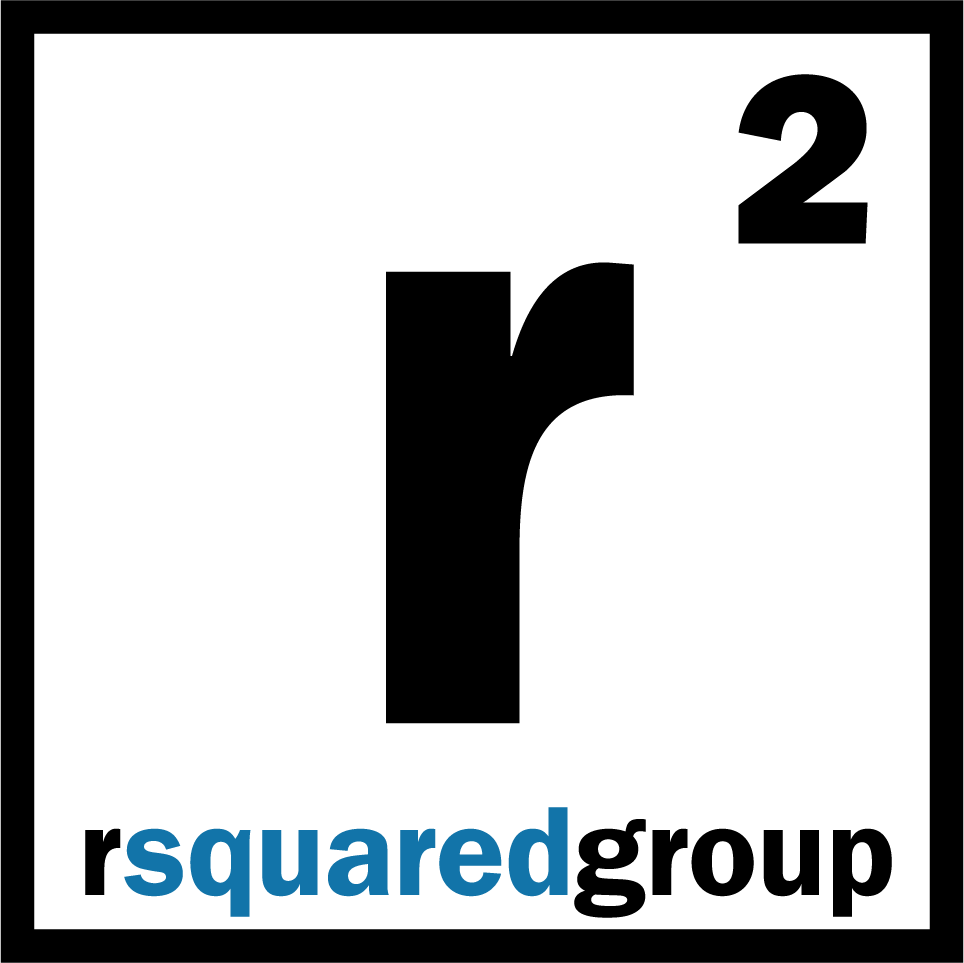How B2B Brands Can Justify Premium Pricing
It’s amazing how many B2B brands want to charge a premium price but fail to show why it costs so much. If you’re building a premium brand with premium pricing, you need to open the hood and show the engine. Buyers need to see what makes your solution worth every penny.
For many B2B brands, the story they tell doesn’t support the price tag. Instead of showcasing the value, they lean on overused phrases like “proprietary process” or toss out a logo wall of other companies that have paid the same premium price. While those elements can build trust, they’re table stakes—not the differentiator that justifies premium pricing.
In B2B Sales, There’s No Test Drive
Here’s the reality: in high-value B2B sales, buyers don’t get the luxury of a test drive. They can’t take your consulting services or technology platform around the block to see how it handles. And if they’re comparing five different solutions, all “parked in the lot,” the brands that succeed at selling a premium solution do so by building a story—one centered on craft, expertise, horsepower, and luxury touches.
So, how can B2B brands do this effectively? Let’s break it down.
1. SHOW THE BEHIND-THE-SCENES
Whether you’re a tech company, a SaaS provider, or a professional services firm, you need to show the craft behind your solution. Take buyers behind the curtain. Buyers want to see the madness behind the magic—the effort and expertise that make your solution exceptional.
• Show your team brainstorming in a think tank.
• Highlight your engineers working on servers.
• Feature team members conducting site visits or getting hands-on with the solution.
2. ELEVATE THE EXPERTS
If you have exceptionally smart, talented, or creative people in your organization, put them front and center. Buyers want to know that they’re working with a team of specialists, not just the marketing team’s shiny promises.
• Highlight your subject matter experts.
• Elevate employees’ personal brands.
• Showcase their thought leadership through blogs, videos, or webinars.
Too many companies fear that if they promote their employees, competitors will poach them. That’s short-sighted. Instead, focus on making your internal talent the reason buyers trust your solution. Build confidence by showing that expertise is baked into every part of the process.
3. SHOWCASE THE RIGHT RESULTS
Every buyer has surface-level pain points—more revenue, automation, or innovation. But what they really need is to look good.
• They need to deliver wins that make them look good to their boss.
• They need results they can brag about to their team.
• They need outcomes they can point to as proof of their decision-making.
Showcase tangible results that align with this. Don’t just highlight what your solution does—show how it helps buyers achieve their personal and professional goals. Build a narrative that makes your solution the trophy they can display internally.
4. HIGHLIGHT THE LUXURY TOUCHES
When you test-drive a luxury car, the salesperson always points out the finer details—the stitching on the seats, the advanced sound system, the heated steering wheel. They know that luxury is in the little things.
In B2B, most companies forget this. They focus on “table stakes” features like the core functionality of the product or service. But if you’re charging a premium, you need to emphasize the extras that scream luxury.
For example:
• 24/7 customer support that goes above and beyond.
• High-end certifications or industry awards that validate your expertise.
• Sleek, well-organized onboarding materials that stand out.
• Creative and memorable client events that reinforce your brand.
Zoom in on the details that make your product or service feel polished, thoughtful, and worth it.
Not Charging a Premium? Don’t Worry About It.
If you’re not charging a premium price for your product or service, these steps might not be necessary. But if you are, it’s time to take a hard look at the story you’re telling your prospects and clients.
Buyers need to understand the craftsmanship, the expertise, and the details behind your offering. They need to feel the difference between your brand and a competitor selling a cheaper alternative.
So, ask yourself:
• Have you zoomed in on the details?
• Have you shown the craft behind the solution?
• Have you popped the hood?
